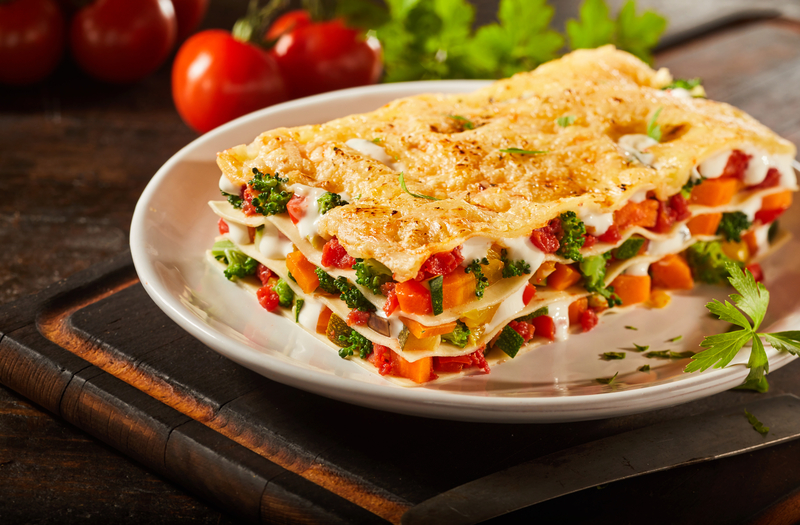 Baking lasagna is a delightful culinary endeavor that brings comfort and satisfaction to many.
Baking lasagna is a delightful culinary endeavor that brings comfort and satisfaction to many.
One common question that often arises is whether it’s suitable to use an aluminum pan for this classic Italian dish.
In this article, we will explore the pros and cons of using aluminum pans for lasagna and provide some tips for ensuring a successful outcome.
Baking Lasagna in Aluminum Pans – It’s Possible and Practical
Baking lasagna in aluminum pans is a widely adopted practice among home cooks due to its convenience and cost-effectiveness.
Before delving into the advantages and disadvantages of utilizing aluminum pans for lasagna, let’s affirm that baking lasagna in these pans is not only feasible but also a frequently chosen option for a variety of culinary situations.
Pros of Using Aluminum Pans for Lasagna
- Even Heating: Aluminum pans distribute heat evenly, which is crucial for cooking lasagna uniformly. This helps in achieving a perfectly cooked dish with well-melted cheese and tender pasta layers.
- Affordable and Convenient: Aluminum pans are readily available, affordable, and disposable, making them a convenient choice for preparing lasagna, especially for large gatherings or potluck dinners.
- Quick Cleanup: After enjoying your delicious lasagna, aluminum pans can be thrown away, reducing the cleanup time significantly. This is particularly useful for those who prefer a hassle-free cooking experience.
- Versatility: Aluminum pans come in various sizes, allowing you to adjust the portion size of your lasagna to accommodate different occasions and group sizes.
Cons of Using Aluminum Pans for Lasagna
- Reactivity: Aluminum can react with acidic ingredients commonly used in lasagna recipes, such as tomato sauce. This reaction may result in a metallic taste and discoloration of the sauce.
- Durability: Aluminum pans are not as durable as some other materials, such as stainless steel or cast iron. They can dent or warp easily, which may affect the cooking process and the appearance of your lasagna.
- Limited Browning: Aluminum pans may not provide the same level of browning on the top layer of lasagna as some other materials, such as ceramic or glass. Achieving that golden-brown crust may require additional cooking time or adjustments.
Tips for Baking Lasagna in an Aluminum Pan

- Use a Liner: To minimize the risk of a metallic taste and discoloration, consider lining the aluminum pan with parchment paper or using a disposable aluminum liner specifically designed for baking.
- Layer Properly: When layering your lasagna, place a layer of pasta or noodles at the bottom of the pan to create a barrier between the aluminum and acidic ingredients. This can help mitigate the reactivity issue.
- Monitor Cooking Time: Keep a close eye on the cooking time, as aluminum pans may cook lasagna faster than other materials. Check for doneness by ensuring the top layer is nicely browned and the internal temperature reaches at least 165°F (74°C).
- Consider a Double Layer: If you are concerned about the durability of your aluminum pan, consider using two pans nested together to provide extra support and prevent warping.
Bottom Line – Can You Bake Lasagna in an Aluminum Pan?
Baking lasagna in an aluminum pan is possible and convenient, but it comes with its pros and cons.
While aluminum pans offer even heating and quick cleanup, they can react with acidic ingredients and may not be as durable as other options.
By following the provided tips and taking precautions, you can enjoy a delicious lasagna cooked in an aluminum pan without compromising its taste or quality.
Ultimately, the choice of the pan material depends on your preferences and priorities in the kitchen.


